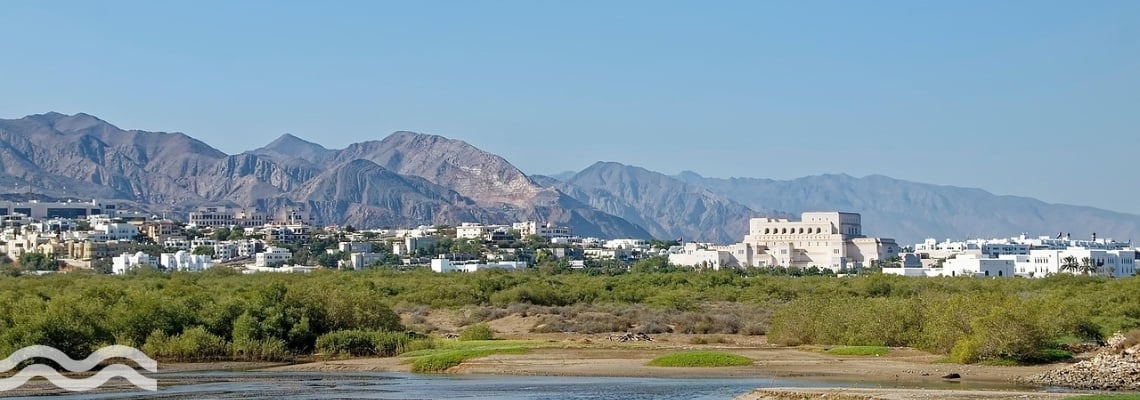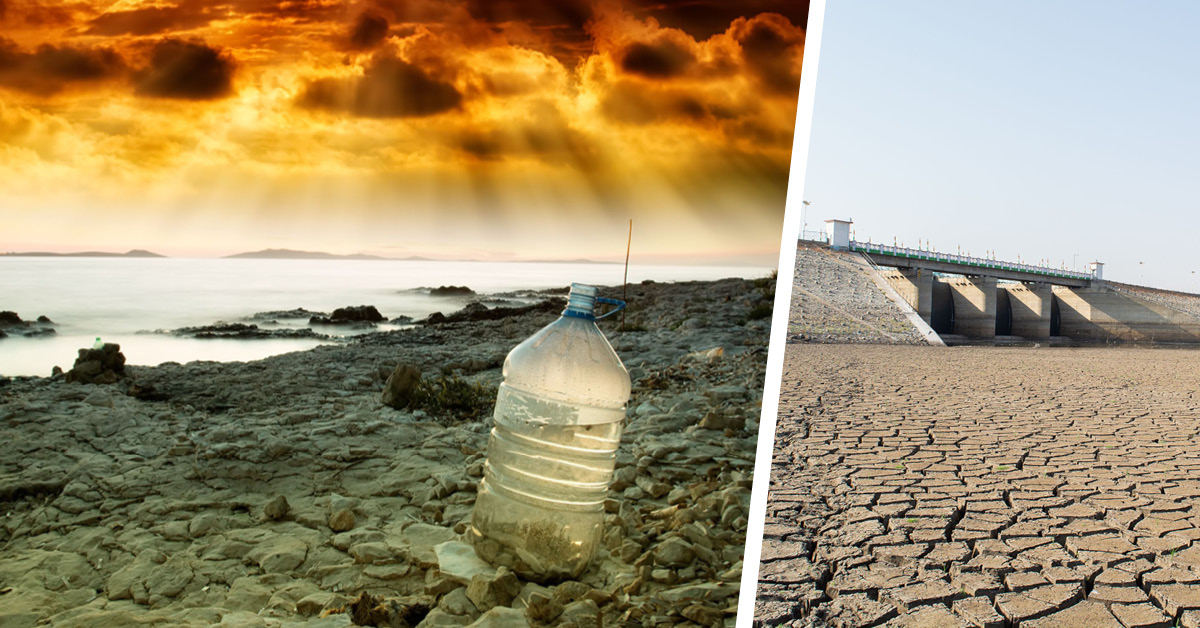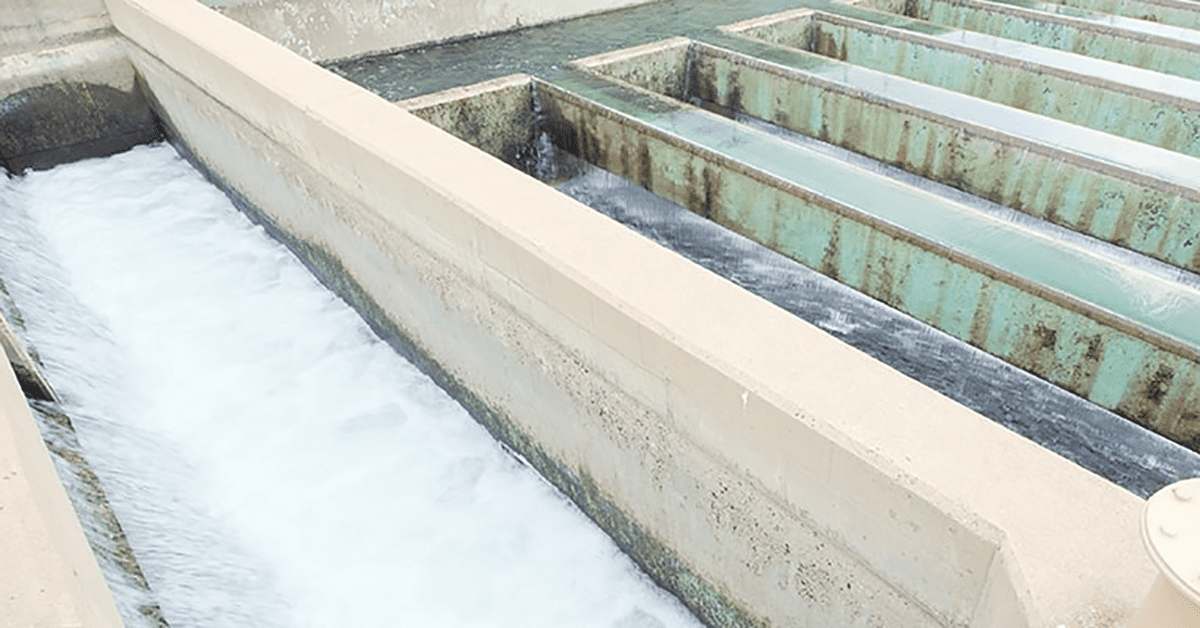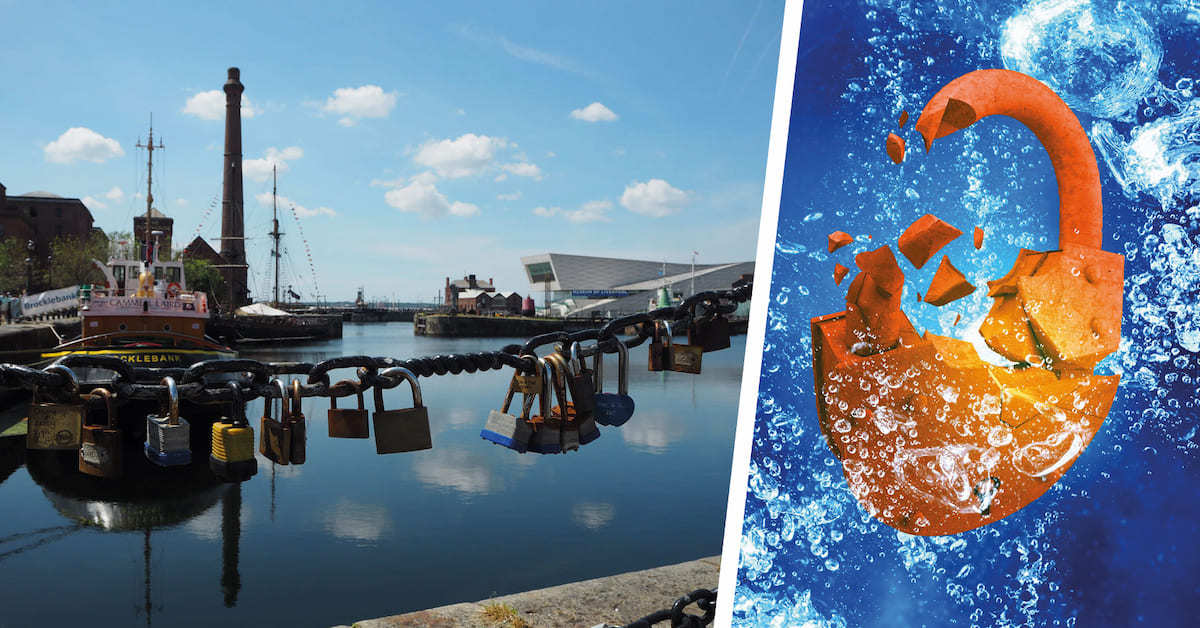Purification plant strengthens security in Oman
A purification plant will bring greater water and food security to Oman following an agreement between national utility Nama Water Services and the private sector worth €126 million.
Public and private sector collaborate to bring security
The agreement was signed by Qais Saud Al Zakwani, CEO of Nama Water Services, and Sultan Abdullah Al Jafari, chairman of Al Tayer Engineering Services Company – the company that is bringing the project to life. The signing was also attended by Dr Saud Hamoud Al Habsi, minister of Agriculture, Fisheries and Water Resources.
The plant is being developed under a Build, Own, Operate (BOO) model via a 20-year public-private partnership (PPP) contract. It will be constructed at the Wadi Dayqah Dam in the Wilayat of Quriyat.
The project aligns with the government's focus on securing alternative water sources to provide water security in the largely desert country as part of the Oman Vision 2040 strategy.
Freshwater is confined largely to the northern and southern regions, with saline intrusions in coastal areas adding to limited freshwater supplies. The plant is designed to guarantee potable water provision even during spells of unexpected weather and emergencies.
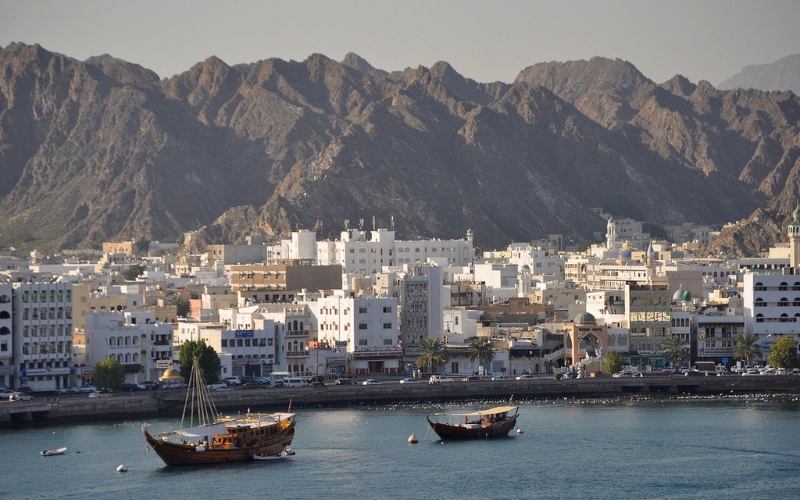
Ensuring reliable supplies for agriculture
The large majority of water used in Oman is sourced from groundwater, of which agricultural uses by far the largest amount (over 80 per cent). As well as potable water, the new plant will help to supply agricultural projects.
Water will be channelled to farms within the Wilayat of Quriyat, in collaboration with the Ministry of Agriculture, Fisheries, and Water Resources, to help expand water-reliant agricultural activities, with the food produced supplying local markets. The plant, therefore, will be used to support both water and food security.
Qais Saud Al Zakwani, CEO of Nama Water Services, told media: "Nama Water Services is committed to achieving water security goals, addressing the escalating demand for this critical resource driven by subscriber growth and urban development.'' To meet these demands, the company is actively pursuing a portfolio of projects. This includes the construction of the water purification plant at Wadi Dayqah Dam in the Wilayat of Quriyat.
He added: "The Wadi Dayqah Dam water purification plant aims to optimize the dam's water output to address the regions' demand effectively. The project adheres to a meticulously planned approach, balancing current necessities with projected future requirements, ultimately contributing to the water security goals outlined in Oman Vision 2040."
What capacity will the plant have?
The plant's intake will come from harnessing surface water. It will then purify it to the internationally recognised standards, which will be compliant with Omani drinking water regulations.
It will produce 65,000 cubic meters a day when running at full capacity, with 35,000 cubic meters a day channelled to Nama Water Services' distribution network to supply potable water. The remaining water will be distributed to farms in the Wilayat of Quriyat, in coordination with the Ministry of Agriculture, Fisheries and Water Resources.
To enhance water security, even during times of crisis, the treatment plant will be linked to an exchange line with other water infrastructure, helping to ensure sustainability and reliability in water provision.
Storage and low salinity
The water being treated at the plant comes from the dam and although it is saline, it has lower salinity than seawater, which means it will need less energy than coastal desalination plants, leading to lower operational costs.
This move from seawater desalination to dam water purification forms part of Nama Water Services' strategy to achieve net-zero by 2050 through decreased energy consumption.
The plant will run alongside a seven-kilometre water transmission line that will connect it to the dam and to a pumping station. Water from the facility will be pumped along the same transmission line to a 20,000 cubic metre collection tank. The line also connects the Wilayat of Quriyat to other provinces within the Muscat Governorate, and also to the wider water transmission network.
Working to limit water losses
As well as diversifying Oman's water supply network, Nama Water Services has committed to improving water conservation through a widespread reduction in water loss. Non-revenue water currently runs at close to 40 per cent and costs the utility millions in revenue each year. As well as leaks, losses come from commercial wastage, metering inaccuracies and billing errors.
Although there have been steady year-on-year improvements, the Oman regulator has set the sector an ambitious target to reduce non-revenue water losses to 10 per cent by 2036.
The utility plans to tackle non-revenue water in a number of ways, for example, replacing aging, leak-prone pipelines, deploying advanced leak detection tools, and an ongoing rollout of a smart Automated Meter Reading (AMR) systems for consumers.
Share your water technology stories with us
Do you have an innovation, research results or an other interesting topic you would like to share with the international water technology industry? The Aquatech website and social media channels are a great platform to showcase your stories!
Please contact our Sr Brand Marketing Manager Annelie Koomen.
Are you an Aquatech exhibitor?
Make sure you add your latest press releases to your Company Profile in the Exhibitor Portal for free exposure.
We promise never to send you spam and you can unsubscribe at any time!
